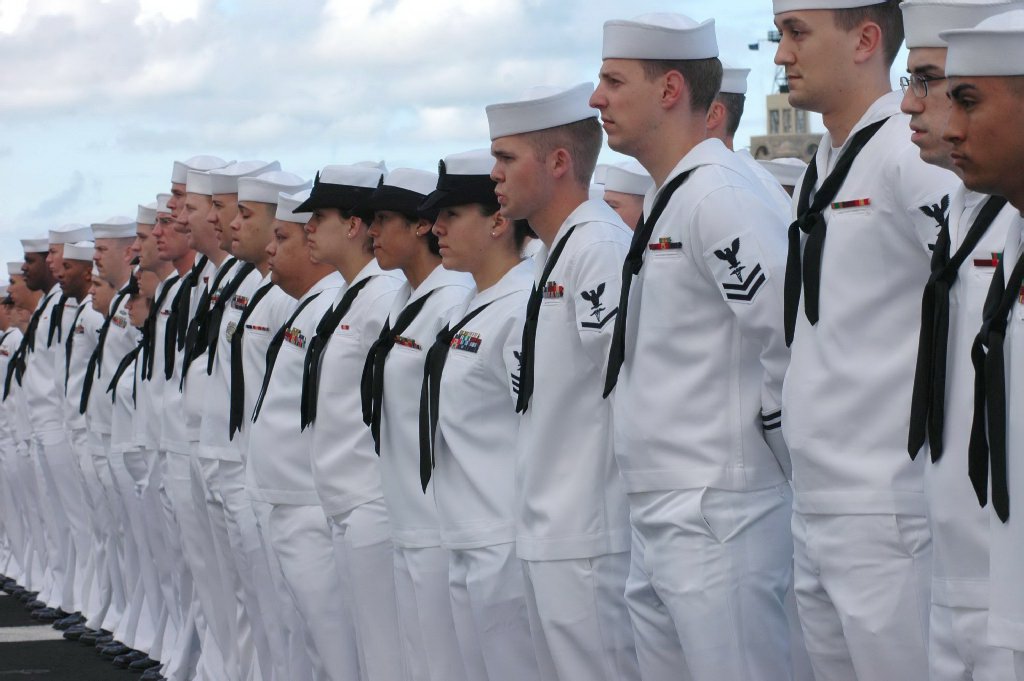Assessing the Fleet
/On March 7, 2014, a self-directed study was emailed to Vice Admiral Bill Moran, the U.S. Navy’s Chief of Naval Personnel. Titled “Keep a Weather Eye on the Horizon: A Navy Officer Retention Study”, the paper provided Vice Admiral Moran with a canary in the coal mine, describing a looming retention downturn using historical data and, perhaps most importantly, timely and relevant information based on primary source interviews with hundreds of U.S. Navy Sailors.
Within days, the paper leaked from the Navy’s Personnel Command and made its way throughout the Navy. The message resonated with Sailors at the deck plates — officer and enlisted alike — and caught the attention of senior leaders throughout the U.S. Government. To their immense credit, Vice Admiral Moran and other senior Navy leaders have responded to decreasing retention indicators with personnel changes designed to improve morale and a Sailor’s ‘quality of service’. These changes provide commanding officers with greater flexibility to prescribe uniform wear, increase sea pay for Sailors on extended deployments, and reduce general military training requirements on commands, just to name a few.
Larger initiatives are in the works although they have not been publicly announced. Some initiatives, like expansion of the Career Intermission Pilot Program, require Congressional approval. There is also a desire to better understand the current retention downturn before acting. This is understandable. The Navy is a large, diverse, and dispersed organization and more information is required to ensure the next round of changes provide the greatest return on investment. However, the time to act is now.
So, how do you determine the right course of action to provide the greatest return on investment?
Senior decision makers are asking important questions. First, is there really a retention problem? Is it possible we are retaining the right quality of Sailor, just in fewer numbers? Are previously cited retention factors — an improving economy, significant operational tempo, perceived reductions in quality of life, among others — truly impacting our Sailor’s “stay/go” decisions? If so, in what ways?
The desire to further expound on the tenets of the paper — in a thoughtful and deliberate way intended to benefit senior leaders — led to the creation of an independent 2014 Navy Retention Study Team in March 2014. The team is comprised of a volunteer group of high-performing active duty Sailors and select civilians who have dedicated their off-duty time to create a first of its kind retention survey — created by Sailors for Sailors. All of our members are upwardly mobile, highly-placed individuals who want to measurably contribute to the continued success of the U.S. Navy. The success of this initiative is due largely to their sense of ownership for the Navy and their correspondingly impressive efforts.
This report details the results of this year’s survey, including a broad analysis of factors which are assessed to affect retention and additional recommendations to avoid the shoal waters of a multi-year retention shortfall for several communities. Further, it is important to provide relatively unfettered access to the survey data (as appendices in this report) with more raw data to be made available throughout Fall 2014.
While our analysis of the data is presented for your use, I suggest you don’t take our word for it — read and assess the data for yourself. Then read widely, think deeply, write passionately, and act decisively to help retain our most talented Sailors in uniform.
We must continue to cultivate a strong sense of ownership within the U.S. Navy. Reassuringly, many Sailors have stepped forward with innovative ideas to improve processes and policies, whether as a Yeoman, a Lieutenant in the F/A-18 community, or as a pre-major command surface warfare officer. In the end, no matter your rank or position, it’s about asking ourselves what type of Navy we want to dedicate some portion of our lives to … and what type of Navy we want to leave for those that join 5, 10, 15 years into the future and beyond. It’s easy to lay problems at the feet of our senior leaders, however it’s incumbent upon all of us to take part in solving this issue.
At the end of the day, the Navy cannot directly hire uniformed personnel into positions of responsibility, nor can it surge leadership, trust, and confidence. Instead, we must explore changes to legal statutes and internal policies in order to retain our very best, brightest, and most talented — the continued success of the U.S. Navy depends on nothing less.
—
The 2014 Navy Retention Study report may be downloaded at: www.dodretention.org/results starting Sept 1, 2014.
